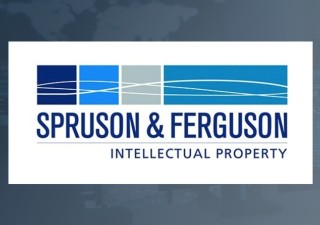In 2007, Pfizer, an American pharmaceutical company, filed a lawsuit against Beijing Jialin Pharmaceutical in the Beijing No.1 Intermediate People’s Court for patent infringement against its atorvastatin drug (sold as Lipitor in some markets) used to treat high cholesterol. Jialin then filed a request for invalidation of the patent involved.
The Patent Reexamination Board of the State Intellectual Property Office (SIPO) held that Pfizer’s patent specification and claims were not conformed to its patent law, so it revoked the involved No. 96195564.3 invention patent.
Pfizer then filed a lawsuit in the Beijing No.1 Intermediate People’s Court, which maintained the decision of the Board. Pfizer appealed to Beijing Higher People’s Court. The Higher Court held that the Board did not define the issues of the invention, and did not confirm the chemical and physical parameters of the issues, which was inappropriate. Thus, the Higher Court overruled the judgment of the Intermediate Court.
The Board and Jialin applied for a retrial of the case to the Supreme People’s Court. That court held that the water content was a key characteristic of the invention, and was closely related to the issues of the invention; the patent specification was not clear enough according to the patent law and, accordingly, the Supreme Court maintained the decision by the Beijing No.1 Intermediate People’s Court.
The fairness of the decision remains controversial. Firstly, the Supreme Court held that the invention discloses a crystalline Form I atorvastatin hydrates having 1 to 8 mol of water with the same XPRD, which shall be sufficiently disclosed. “Herein the same XPRD should refer to the same spectrum pattern,” says Binglin Li, managing partner at Chofn Intellectual Property in Beijing. XPRD – X-ray powder diffraction – refers to a evaluation method which utilizes the constructive interference of X-ray with the crystallographic arrangement to identify the structure and phase composition of powdered rocks and minerals, metals, pharmaceuticals as well as a range of industrial samples.
“Regarding this question, it is defined in the claims of more than 10 diffraction peak locations of and d-spacings. That is to say, the scope of the claims may comprise many spectrum patterns having diffraction peaks at such locations, and these spectrum patterns do not have to be exactly the same. Therefore, the boundary of sufficient disclose is an issue worthy of discussion.”
Secondly, the Supreme Court held that the patent does not describe water content explicitly and fully, which is the key of the case, Li says. “It can be decided from the description that there is not much explanation about water content. However, whether those skilled in the art can determine water content based on prior art such as thermogravimetry is another issue.”
Will such decisions cause international pharmaceutical companies to retreat from China? Lawyers tell Asia IP that such a pullback is unlikely.
“We think that pharmaceutical multinational corporations should not retreat from China,” says Shanqiang Xiao, senior manager at Beijing East IP in Beijing. “Instead, we would encourage them to learn more about Chinese patent practice. It needs to be noted that SIPO has many special requirements on patent specification, especially for applications in chemistryor pharmacy-related fields. For example, SIPO has much stricter requirements on experimental data provided in the patent specification than those of the US Patent and Trademark Office.”
In addition, while late-filed experimental data may be acceptable in some countries, Chinese examiners seldom consider such data, Xiao says. “In our experience, many PCT applications have been rejected or abandoned after entering the Chinese phase due to some inherent problems in the original specification. So, if possible, for a PCT application, it may be advisable to consult a Chinese patent attorney before the application is filed with WIPO or the USPTO.”







